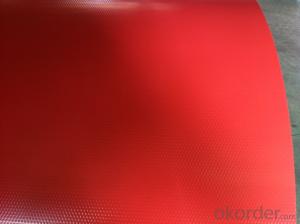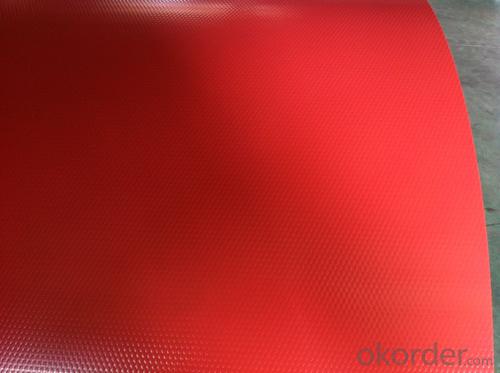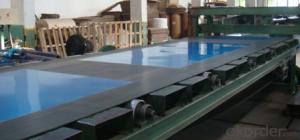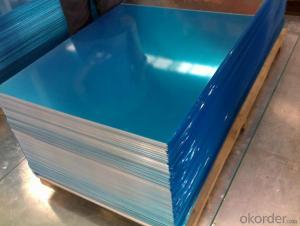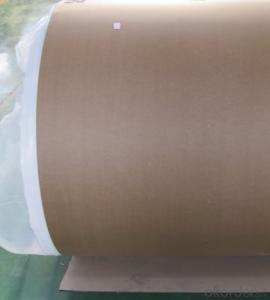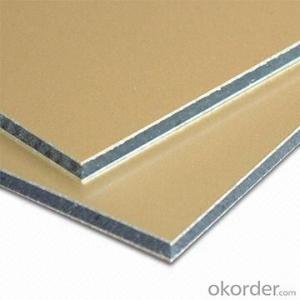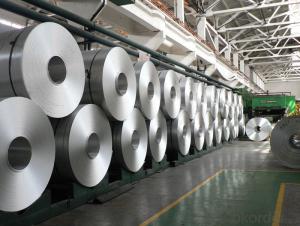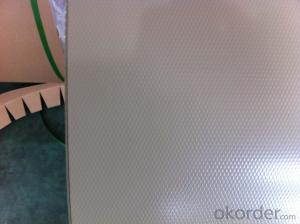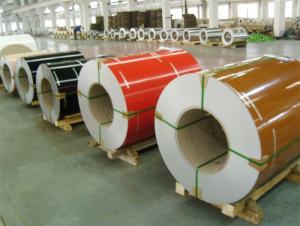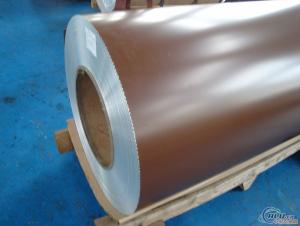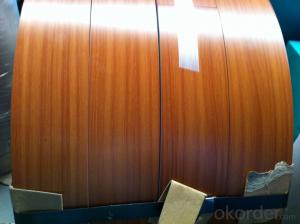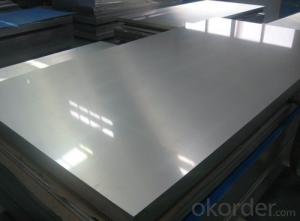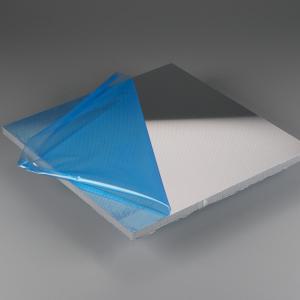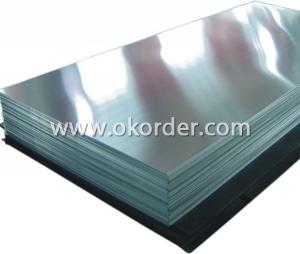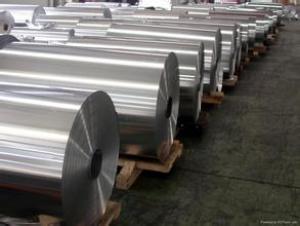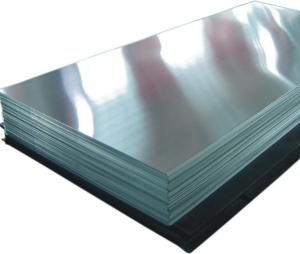4x8 Sheets of Aluminum Diamond Plate - Aluminium Coils for Color Coating Decoration AA3003
- Loading Port:
- Shanghai
- Payment Terms:
- TT OR LC
- Min Order Qty:
- 5 m.t.
- Supply Capability:
- 50000 m.t./month
OKorder Service Pledge
OKorder Financial Service
You Might Also Like
Specification
1.Structure of Aluminium Coils for Color Coating Decoration AA3003
Aluminium Coils for Color Coating Decoration AA3003 is one semi-finished aluminium material. The coils are widly used in the building,decoration and aluminium circle. The alloy AA3104 is one of the most common alloy in the aluminium industry. Its weight is much lower than steel. So many customers choosed aluminium material instead of steel.
2. Main features ofAluminium Coils for Color Coating Decoration AA3003
a.Competitive price---We have our own mills and can produce mill finished aluminium coils, so we can control the production cost better.
b.Professional after-sale service---We have more than 15 years exportation experience and you need not worry about the exporation problems.
c.Fast delivery time---We can control the delivery time within 35 days.
3. Image of Aluminium Coils for Color Coating Decoration AA3003
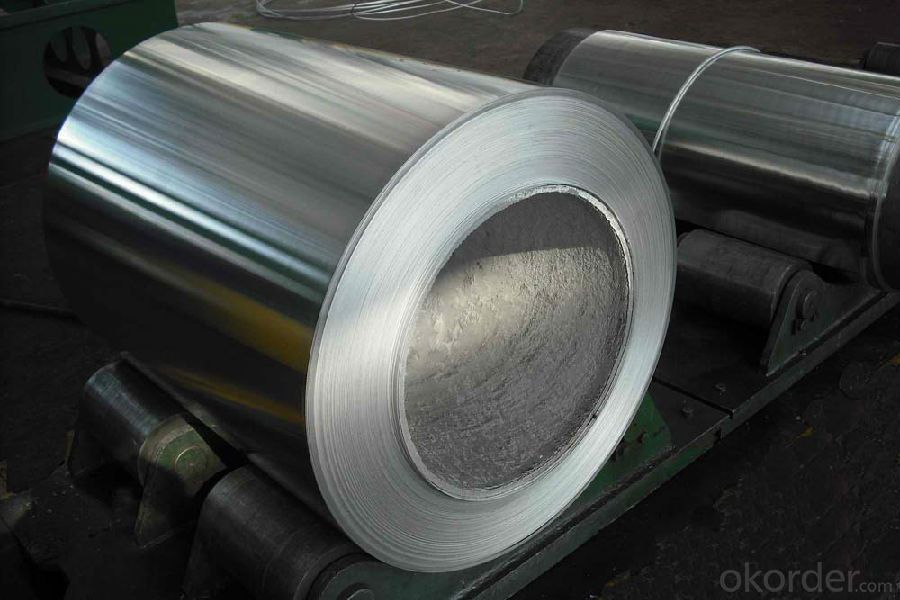
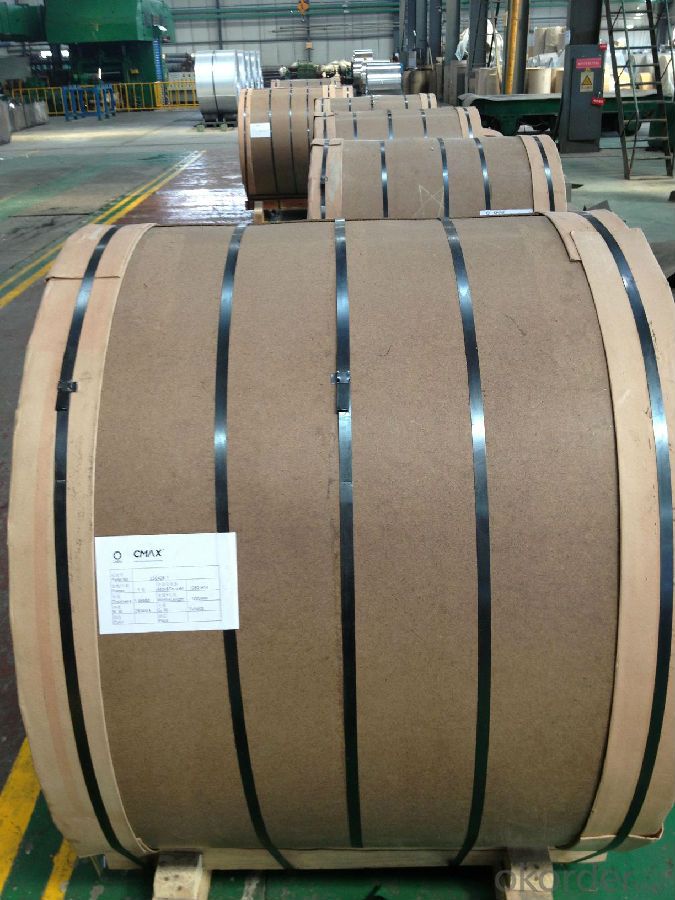
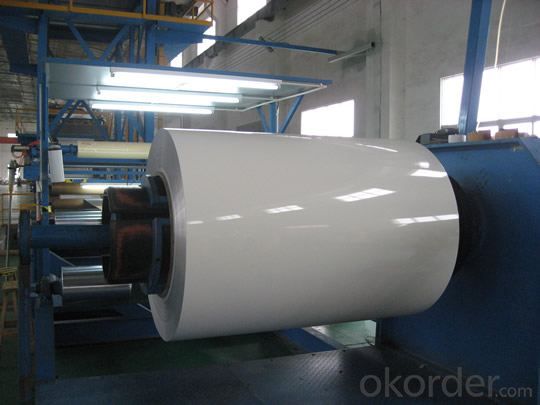
4. Product Specification of Aluminium Coils for Color Coating Decoration AA3003
| Alloy | Temper | Thickness | Width | Weight |
| AA3003 | HO | 0.2MM-3MM | 1000-1500MM | Max 3 tons |
5.FAQ of Aluminium Coils for Color Coating Decoration AA3003
What is the quality standard?
---Usually our standard is GB3880-2006
What is the largest width?
---It is 2300mm
What is the MOQ?
---Usually we can accept 80 tons.
- Q: Can aluminum sheets be used for packaging purposes?
- Yes, aluminum sheets can be used for packaging purposes. They are commonly used in the packaging industry due to their lightweight, corrosion-resistant, and malleable properties. Aluminum sheets can be easily formed into various shapes and sizes, making them ideal for packaging products such as food, beverages, pharmaceuticals, and cosmetics. Additionally, aluminum provides a protective barrier against moisture, oxygen, and light, ensuring the quality and longevity of the packaged goods.
- Q: write a balanced equation for the reaction between aluminium metal and potassium hydroxide in water
- So convert 27,8 g iron to moles, and convert that to a mass of aluminium 2. 3 CuNO3 + Fe3+ -- Fe(NO3)3 + 3 Cu+ 3. 2 Fe3+ + 3 O2- --- Fe2O3 So convert Fe2O3 from 20,8 grams to moles. Multiply this answer by two. Convert to a mass of Fe3+ 4. H2SO4 + 2 KOH -- K2SO4 + 2 H2O again, 150 grams of H2SO4 to moles, then convert that amount to an amount of mass of K2SO4 5. Na2CO3 + 2 H3O+ + Cl- --- CO2 + 3 H2O + NaCl
- Q: Are aluminum sheets suitable for use in automotive or aerospace industries?
- Aluminum sheets are indeed appropriate for utilization in both the automotive and aerospace sectors. Aluminum, being a lightweight yet robust material, is perfect for applications necessitating weight reduction, particularly in the aerospace domain where fuel efficiency holds paramount importance. Moreover, aluminum possesses commendable corrosion resistance qualities, a crucial attribute for both industries due to their exposure to diverse environmental conditions. Additionally, the malleability of aluminum permits effortless fabrication and forming, rendering it adaptable for a plethora of automotive and aerospace components. Finally, when compared to alternative materials, aluminum proves to be a cost-effective option, hence its popularity in these particular industries.
- Q: What are the different types of patterns available for aluminum sheets?
- There are a variety of patterns available for aluminum sheets, each offering a unique aesthetic and functional appeal. Some commonly found patterns include: 1. Diamond Pattern: This pattern features a series of raised diamonds formed by parallel lines that intersect at 60-degree angles. It provides excellent slip resistance and is commonly used for flooring, stairs, and walkways. 2. Stucco Pattern: The stucco pattern consists of a textured, pebble-like surface that resembles traditional stucco plaster. It offers enhanced durability and is often used for decorative purposes on walls, ceilings, and interior panels. 3. Hammered Pattern: The hammered pattern showcases a hammered or dimpled texture, giving the aluminum sheet a rustic and artistic appearance. It is frequently used for decorative purposes, such as wall cladding or furniture accents. 4. Perforated Pattern: Perforated aluminum sheets feature a pattern of small holes, offering excellent ventilation and visibility. They are commonly used in architectural applications such as facades, sunscreens, and noise barriers. 5. Embossed Pattern: The embossed pattern involves raised designs or patterns on the sheet's surface, adding depth and visual interest. It is used for decorative purposes, signage, and branding applications. 6. Brushed Pattern: The brushed pattern is achieved by creating a uniform directional grain on the aluminum sheet's surface. It provides a sleek and modern appearance, often used for architectural accents, kitchen backsplashes, and appliances. 7. Ribbed Pattern: The ribbed pattern consists of parallel raised ridges or lines on the sheet's surface. It offers improved strength and rigidity, making it suitable for applications requiring structural support or reinforcement. These are just a few examples of the various patterns available for aluminum sheets. Different patterns serve different purposes, so it is important to consider the specific requirements and desired aesthetic when selecting the appropriate pattern for a particular application.
- Q: What are the different methods of surface treatment for aluminum sheets?
- There are several methods of surface treatment for aluminum sheets, each serving different purposes and achieving specific results. Some common methods include anodizing, chromate conversion coating, painting, and powder coating. Anodizing is a popular method used to enhance the corrosion resistance and durability of aluminum sheets. It involves immersing the sheets in an electrolytic bath and applying an electric current to create a controlled oxide layer on the surface. This process results in a protective and decorative coating that can be further colored or sealed. Chromate conversion coating, also known as chemical conversion coating or chromating, involves coating the aluminum sheets with a thin layer of chromate. This method provides excellent corrosion resistance and improves paint adhesion. Chromate conversion coatings can be clear or have a yellowish or iridescent appearance. Painting is another method widely used to protect aluminum sheets and enhance their aesthetic appeal. The sheets are typically pre-treated with a primer to improve adhesion, and then a topcoat is applied for protection and color. Painted aluminum sheets come in a vast range of colors and finishes, making them suitable for various applications. Powder coating is a durable and environmentally friendly method of surface treatment for aluminum sheets. It involves electrostatically applying a dry powder onto the sheets and then curing them in an oven. The powder melts and fuses to form a tough and attractive coating. Powder coating offers excellent resistance to corrosion, chemicals, and UV radiation. In addition to these methods, there are other surface treatment techniques such as polishing, buffing, and mechanical finishes that can be employed to achieve specific desired appearances or surface qualities. Overall, the choice of surface treatment method for aluminum sheets depends on factors such as the desired level of corrosion resistance, aesthetic requirements, environmental considerations, and the intended application of the sheets.
- Q: What are the advantages of using aluminum sheets in the packaging industry?
- Aluminum sheets have numerous benefits in the packaging industry. To begin with, their lightweight composition makes them ideal for packaging purposes. Unlike steel or glass, aluminum is much lighter, making it easier to handle and transport. This weight advantage also reduces shipping costs, as less fuel is needed for transportation. In addition, aluminum sheets provide excellent barrier properties. They effectively block out oxygen, moisture, and light, all of which can compromise the quality and freshness of packaged goods. This barrier extends the shelf life of products, ensuring they reach consumers in optimal condition. Moreover, aluminum sheets are highly durable and resistant to corrosion. This durability guarantees that packaged items remain protected, even in challenging environmental conditions. They are also resistant to temperature fluctuations, maintaining the integrity of the packaging material without warping or deforming. Furthermore, aluminum is a highly recyclable material. Its use in the packaging industry promotes sustainability and reduces the carbon footprint. Aluminum packaging is easily recyclable and reusable, minimizing the need for new materials and reducing waste. Additionally, aluminum sheets offer versatility in terms of design and customization. They can be easily molded and shaped into various packaging formats, including cans, trays, foils, and pouches. This flexibility enables packaging manufacturers to create innovative and visually appealing solutions that cater to the unique needs and preferences of different industries and consumers. Overall, the advantages of using aluminum sheets in the packaging industry encompass their lightweight nature, excellent barrier properties, durability, recyclability, and versatility. These benefits establish aluminum sheets as the preferred choice for packaging manufacturers, ensuring the protection, preservation, and attractiveness of packaged products.
- Q: Can 101 aluminum sheets be painted with automotive-grade finishes?
- Yes, 101 aluminum sheets can be painted with automotive-grade finishes.
- Q: im wondering what happens if you MIG weld aluminum with the correct wire but without using a shielding gas? Would it just be extremely messy or does there HAVE to be an inert gas flowing for it to bond?thanks
- Aluminum is much more reactive than steel, and you will instantly get porosity and cold lap if you don't use a shielding gas. If your using mig/tig you should always have a shielding gas, self-shielding wires are garbage. And you might beable to put small weak tack without using a shielding gas, but if there is any stress at all it will break off and you are going to have to grind it out if you want to put good weld on top of it anyway because there will be so much oxidation in that area. Basically welding aluminum without a shielding gas = a bad idea. Same goes for aluminum alloys and magnesium, except they are even worse.
- Q: Can aluminum sheets be used for insulation?
- Indeed, insulation can make use of aluminum sheets. Given its excellent conductivity of heat and electricity, aluminum is capable of effectively reflecting and obstructing thermal energy. For instance, aluminum foil frequently serves as a radiant barrier in insulation setups. By redirecting radiant heat away from the structure, it aids in curtailing heat transfer and decreasing the influx or escape of heat through insulated regions. Moreover, aluminum sheets can also fulfill the role of a vapor barrier, thwarting moisture intrusion and thereby preserving the insulation's efficacy. In summary, aluminum sheets present a cost-effective and efficient alternative for insulation objectives.
- Q: Are the aluminum sheets suitable for manufacturing heat exchangers?
- Indeed, aluminum sheets prove to be fitting for the production of heat exchangers. Aluminum, being both lightweight and highly conductive, serves as an ideal option for heat transfer purposes. Its exceptional thermal conductivity facilitates efficient heat transfer, resulting in effective cooling or heating procedures. Moreover, aluminum's resistance to corrosion is of utmost importance for heat exchangers that encounter diverse fluids. Furthermore, the malleability and formability of aluminum sheets render them effortlessly malleable into the required designs for heat exchanger components. On the whole, aluminum sheets offer numerous benefits for the manufacturing of heat exchangers, thus making them a suitable selection for this particular application.
Send your message to us
4x8 Sheets of Aluminum Diamond Plate - Aluminium Coils for Color Coating Decoration AA3003
- Loading Port:
- Shanghai
- Payment Terms:
- TT OR LC
- Min Order Qty:
- 5 m.t.
- Supply Capability:
- 50000 m.t./month
OKorder Service Pledge
OKorder Financial Service
Similar products
Hot products
Hot Searches
Related keywords
